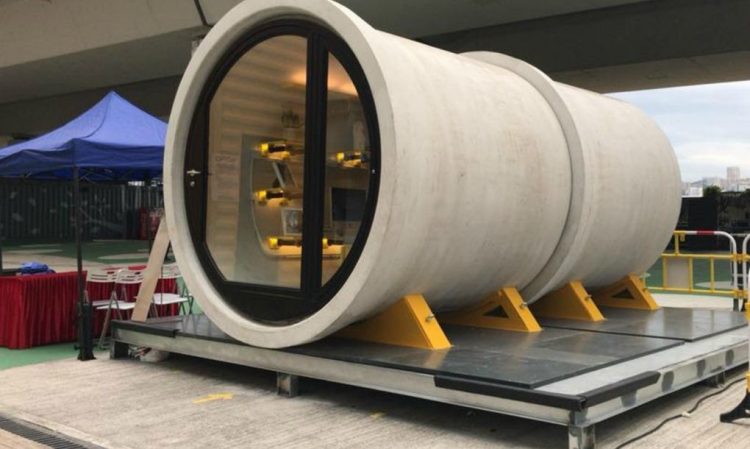
In Mini Motorways, each level takes loose inspiration from a real-world city, and the goal is to construct as efficient a road network as possible, placing down the likes of traffic lights, bridges, and roads to ensure commuters are able to reach their destination within the allotted time. Baby it.īut I agree with everything else you said.Mini Motorways, the acclaimed road-building strategy sim from developer Dinosaur Polo Club, has made the leap to Switch and will be available via the console's eShop from today, 11th May.Īs you might have already twigged, Mini Motorways is the follow-up to Dinosaur Polo Club's celebrated underground railway builder Mini Metro, and delivers an equally minimalist, equally excellent, spin on its predecessor's tactile strategy action. Don't trust the AI to do what you think it should do is my point. Sometimes it gets messy and you have to make the lesser of two bad choices. Most games don't let you always have neat little clusters and paths and segregation. "When a building needs a pickup, the closest available car is summoned." is a simple rule, but it can fuck you (like my example above, there are a few ways I've had dumb AI cost me the game) if you don't baby the AI. Too bad all the cars that could have saved it have packed their bags and are traffic jamming their way through any interconnected roads possible. It takes those long-trip-cars so long that the mall right next to them starts to go critical itself. While the 10 cars from the 5 closest houses are still en route or picking up but not meeting the need MORE houses from across the map of the same color are called. There are 5 houses near a mall, all of them are out, but the building needs a pickup (maybe its demand is high) it will summon the "closest car" which happens to be waaay across the map. When a building needs a pickup, the closest available car is summoned. Have to say, I disagree with the other poster about “babying the AI”. There are a few more such details in your example, but you get the idea.īest of luck motoring! Let me know if anything above is unclear :) The green houses next to the aforementioned yellows could then all be directly connected to the green building at top left The Motorway saved in #3 could be directed directly to the yellow bldg’s parking lot in the center. Middle left - The three yellow houses should all be connected to that close building. Top left - All five red houses there should be connected to the red bldg in the corner.Īlso there, the road north should be right alongside the green bldg (See general note 3 above) Here are a few specific suggestions re: your screenshot… But avoid moving motorways unless you have a backup (or low demand). Play a map enough to get familiar with its particular spawn patterns and common friction points, so you know where to do a little pre-planning.ĭon’t be afraid to pause the game and reoptimize your pathing now and then.

This frees up space for more things to spawn. When possible, use the 1-tile gap around buildings for roads. Each intersection adds friction.Īngle house driveways in the direction their cars’ll need to go. Less intersections is almost always better. (Grids can look nice, but are terribly inefficient in terms of space, time, and road tiles.) One thing you’re already doing decently is using organic pathing, instead of grids. Note: This is purely about streamlining traffic-all cars create the same friction, regardless of color.) (When including multiple buildings on one network, it’s often better to mix colors than to have multiple buildings of the same color.

Generally, 1-3 buildings (and the houses they require) per network is good, though the real limit is tied to how far a car might be asked to travel, and how much friction that might add. Therefore, if one connects everything into one road network, at some point you will enable cars to cross the entire map-experiencing and creating friction at every intersection along the way.īuilding smaller, more isolated road networks that efficiently connect buildings to just the houses they need is how one keeps the game going. Here’s that simple mechanic: When a building needs a pickup, the closest available car is summoned.
#Mini motorways houses per building how to
The game has a simple, central mechanic, and either you figure out how to wire the map to handle growing complexity, or the game ends.


 0 kommentar(er)
0 kommentar(er)
